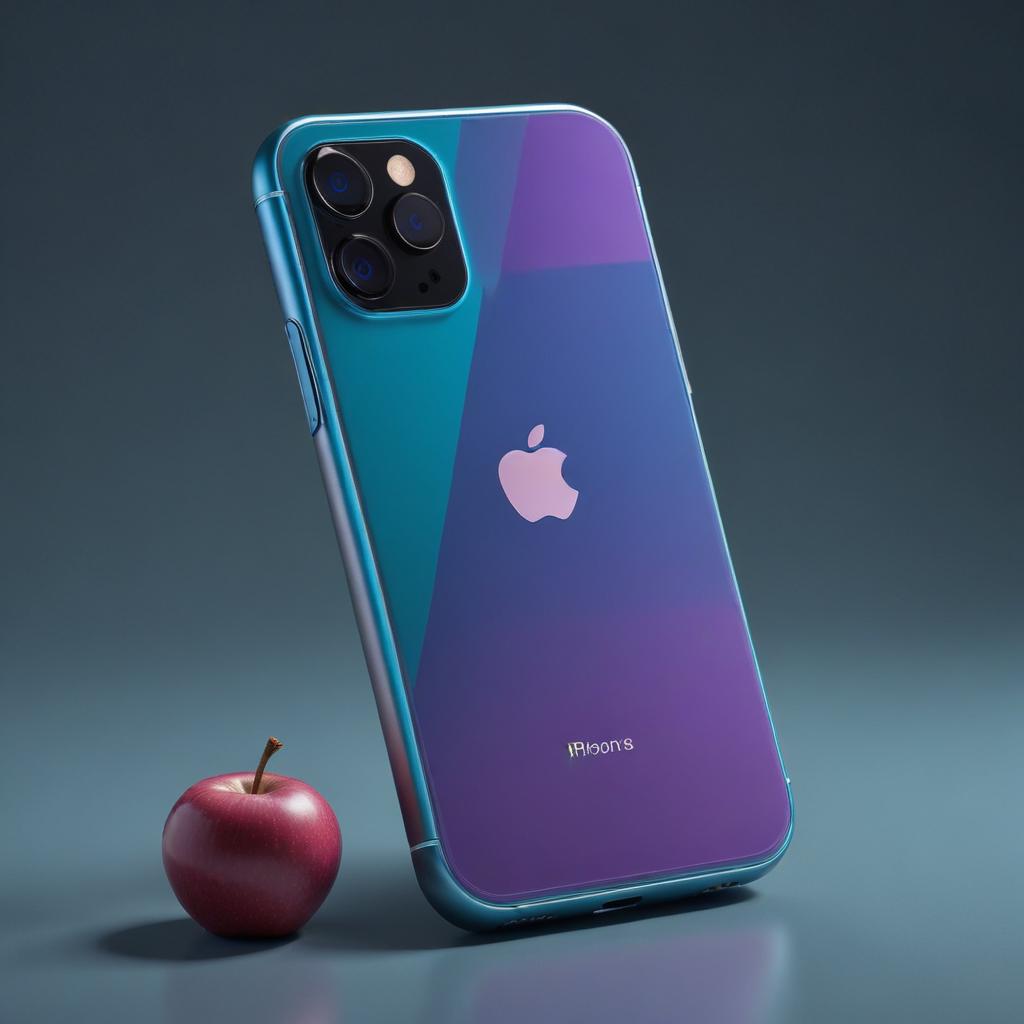In the modern world, where information flows in an endless stream, and the rhythm of life accelerates every day, mindfulness philosophy (mindfulness) becomes a necessary skill for everyone, and we also call it the Art of Presence. This applies not only to personal life, but also to consumer behavior. Brands, realizing the importance of being present and engaging consciously with the world, are increasingly integrating this philosophy into their strategy, encouraging their audience to consume consciously.

Conscious consumption: what is it?
Conscious consumption implies that consumers make choices about products and services based not only on personal needs, but also on ethical, environmental, and social consequences. This is the process by which customers think about what they are doing., how and why they consume because they are aware of the impact of their choices on the world around them, their own health, and their emotional state. The opposite of conscious consumption is mindless shopping, influenced by advertising, fashion or habits, often without taking into account the real needs and consequences. The usual " take more — pay less "approach is gradually giving way to a new approach, which can be described as"buy only what you need and only what is useful." This trend is not just
not a fashion trend, but the result of global changes in consumer culture. In response to the demands of society, brands are increasingly turning to the mindfulness philosophy, offering their customers more than just a product or service. They aim to create a deeper connection with consumers, encouraging them to be more aware of their choices. Some brands start with the product itself. For example, companies that produce eco-friendly products actively promote the idea of conscious consumption through the use of recycled or sustainable materials. These brands not only create products that fit the mindfulness philosophy, but also educate their customers by showing that every choice affects the world.
For example, Patagonia, known for its approach to protecting the environment, focuses on the durability and sustainability of its products. They encourage their customers to buy less by opting for high-quality, long-lasting items that can be worn for years. At the heart of their marketing campaign is the message: "Don't buy this if you don't need it." Thus, they appeal to the audience with the idea of mindful consumption, where buying is an act of informed choice.

The way brands interact with customers in both physical and digital spaces also plays an important role. This applies to both store design and site interfaces that create an atmosphere for conscious consumption.
But the Apple Store is not just a store, but a space where the buyer can fully immerse himself in the process of interacting with the product. A clean, minimalistic design with no distracting details allows you to focus on the product, its functionality, and your own experience of using it. This is an example of how brands create a conscious consumption experience through the medium, encouraging customers to make deliberate purchases. As you can see, the art of presence has long made its way into our lives.

Mindfulness-based content
Content created by brands can also encourage the audience to become aware. Training materials, articles, videos, podcasts — all this can be aimed at developing mindful consumption. For example, stories about the origin of the product, how it was created, who made it, and what contributions local communities or workshops made.
In turn, the Dove brand builds its advertising campaigns on promoting natural beauty and self-acceptance.
Instead of promoting a product to make you want to change something about yourself, they offer products that support body awareness and self-care.
How do brands help create moments of presence?
The mindfulness philosophy teaches us to be "here and now", and brands, following this, help create moments of presence and attention. Several key aspects are highlighted in this process.
Slowing down: Many brands are realizing the importance of slowing down in their audience's lives. This can manifest itself through the design of interfaces, advertising campaigns, or products. As a result, the customer is not in a hurry, but enjoys the moment of interaction with the brand, whether it is choosing a new fragrance or viewing content on the site.
Slow fashion: Slow fashion is a great example of how brands can help slow down the pace of consumption. Companies that promote slow fashion aim to encourage customers to make a conscious choice of clothing, paying attention to its quality, ethical production and durability.

Transparency and honesty-one of the most important aspects of conscious consumption is trust between the brand and the consumer. Brands that are open about their production methods, raw material sources, and employee working conditions generate more respect and trust among customers, which helps strengthen their connection to the brand on a deeper level.
Everlane is one of the brands that has made transparency its main mission. They openly share information about the factories they work with, show the real cost of each product, and talk about how money is distributed for production. This kind of honesty helps customers make informed purchases, knowing that their money supports ethical practices.
Many brands have started using the mindfulness philosophy as the basis for their calls to action. These can include slogans that encourage customers to "stop and think", or marketing campaigns dedicated to mindfulness. For example, promoting the concepts of "less but better", "think before you buy" or "choose wisely" becomes the basis of communication with the audience.
IKEA actively promotes the idea of conscious consumption through its recycling programs for old furniture and an emphasis on sustainability. They offer their customers the opportunity to return old furniture for recycling or restoration, thereby encouraging the audience to make an informed choice in favor of long-term use of products. Even IKEA is exposed to the phenomenon of the Art of Presence








